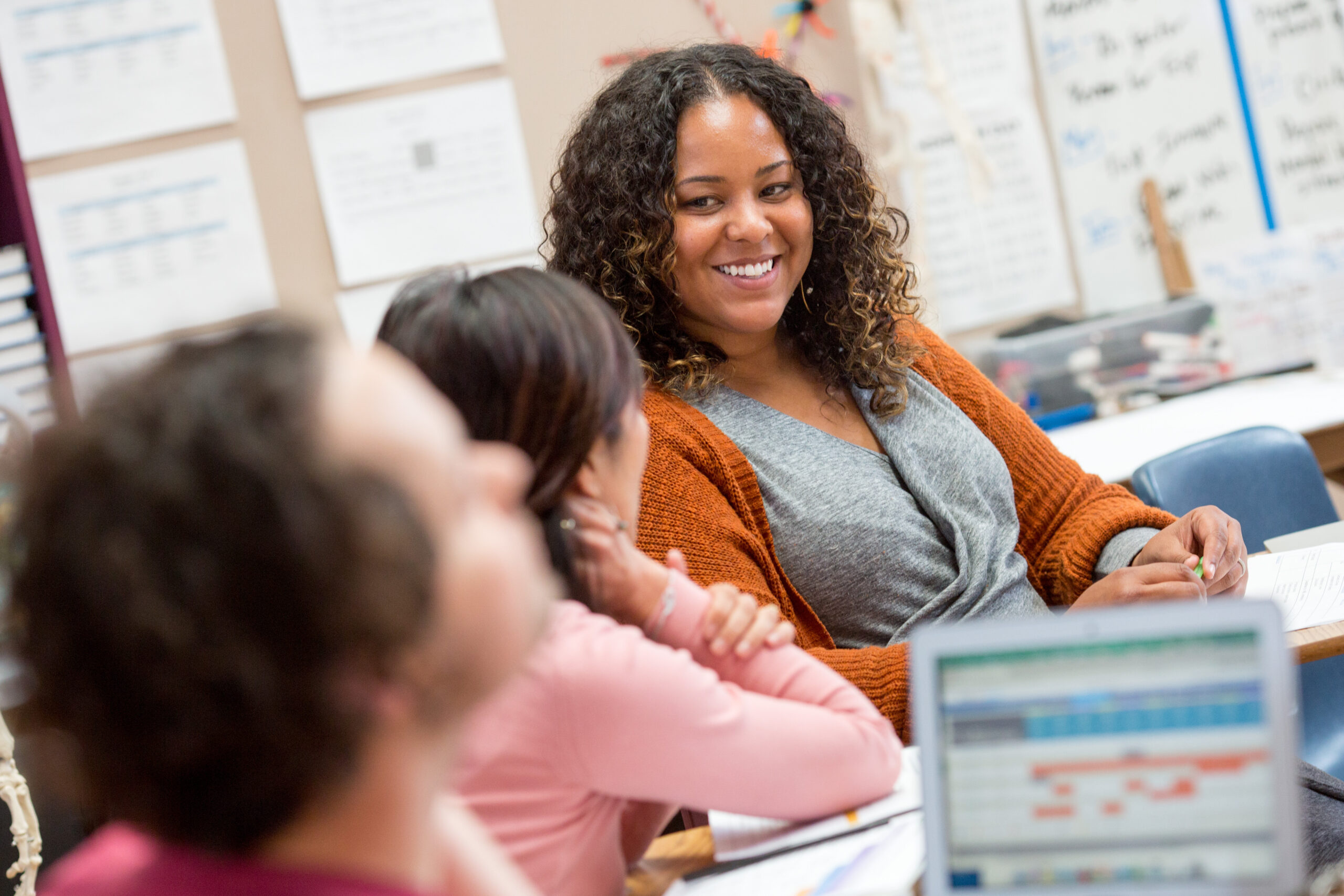Whether you are an educator in the traditional classroom or teach virtually, it is important to develop safe, responsible and healthy habits as students engage with learning, each other and educational technology tools in and outside of the learning environment. The beginning of a fresh school year is the perfect opportunity to do all this with the development of norms and expectations. If you develop norms and expectations, students will be more engaged, productive and safe within their virtual and traditional learning environments. Read part one of this series that explains how to establish norms. In part two, PLLC Research Scholar Jaclyn B. Stevens shares ten ways to communicate those norms.
- Commit to flexibility.
Move beyond sharing everything as paper based and written and provide multi-modal instructions and activities. Offer a variety of mediums for the same content while maintaining clear, concise and “chunked” (short segment) assignments to aid in comprehension.
- Create and use a “one-stop shop”.
This “home base” serves as a communication hub for content and communications. This can be a Learning Management System (LMS) that you already have and use with your students or a digital resource such as SeeSaw or Class Dojo. Schools without a single portal should consider sending parents a “cheat sheet” for their child’s usernames and passwords for the various applications that they might be accessing during extended distance learning.
- Assess comfort zones.
Collaborate with students, and their families too, to understand their comfort zones and available resources such as internet connectivity, devices in the home, etc. It is also recommended that you complete a self-assessment of your own comfort level with the different technologies available.
You are advised to not try “all the things” but instead pick one or two that you can learn and use well and stay consistent. Do not switch tools every day or week. Adapting to digital-age learning, whether in traditional, hybrid and/or virtual settings, is a challenge on many levels, and rotating tools frequently adds to the stress and confusion. Find what works and stick with it. This will help students remain focused on learning new concepts—not new tools.
- Consider no and low-tech options.
For those in a low tech or no tech situations, materials sent home should be arranged and organized similarly with each week(‘s) assignment with a table of contents or page key for quick access to packet content. If applicable, the use of QR codes printed on materials can support students with additional resources, mini-videos for instructions and additional content, etc. that can be accessed with a smartphone.
- Go micro.
While it is not recommended to create lengthy recorded lectures equivalent to what one might present in a brick-and-mortar classroom, it can be a great practice to supplement your text-based learning resources with brief, highly-focused “micro” or “mini” lesson videos. These short recordings (usually no more than two to five minutes in duration) allow you to present topics to your students either verbally or both verbally and visually utilizing various lecture-capture tools. Such tools allow you to record your computer screen (which might contain a slide presentation, document, website or computer application), your voice via microphone and your webcam video simultaneously. Using a mobile device to capture video is also an option.
- Create opportunities for checks and choices.
Consider providing a daily or weekly checklist for students to use to track their own progress with assignments and multi-step assignments. Choice boards and learning menu activities offering students the opportunity to choose activities or how they will demonstrate mastery is also recommended. - Mix your media.
Some lesson content cannot be shared or communicated in a purely text-based format, and instruction is typically more engaging for students when you provide a variety of different types of learning resources. When choosing, take into account if there are areas that can best be conveyed with multimedia, such as a combination of visuals and audio with videos, graphs, animations, photos or data visualizations.
When developing resources to support instruction, you will need to provide your students with learning resources that support their instructional goals and allow them to demonstrate their learning. You may require some materials be “required” and others to be “optional” or supplemental. Label these materials accordingly so that students can plan accordingly.
- Keep the communication channels open.
Two-way communication streams between educators and their students will help keep everyone on track and allow educators to get an assessment of the individual student’s understanding and needs. - Check for understanding. Peer collaboration prompts, self-assessment checklists or self-paced quizzes are another way to have students reflect on and communicate their work and should be a regular mainstay in your learning lessons with opportunities to check in.
- There is no substitute for teachers knowing their students.
Provide optional times throughout the day for students to come together to chat, get support, discuss and answer questions. Set times for students, pairs or groups to schedule appointments, and when students submit work, consider giving feedback in the form of in-person conversations and/or feedback chatting via video besides just text comments. Clearly communicate to both students and their families how to make appointments for feedback and check-ins, informally and formally. In Maximizing Students’ Responsiveness to Feedback, Beth Pandolopho highlights strategies you can use with students so that they are engaged with your feedback. Finally, be sure to allow students to make revisions and improve their performance based on your feedback. This will foster student responsiveness to the feedback and motivate implementing the recommendations shared. ■

This blog highlights excerpts from the Virtual Schools Network Connection and School Engagement Resource Toolkit. To learn more about the Virtual Schools Network, go to go.ncsu.edu/vsn.

- Categories:



